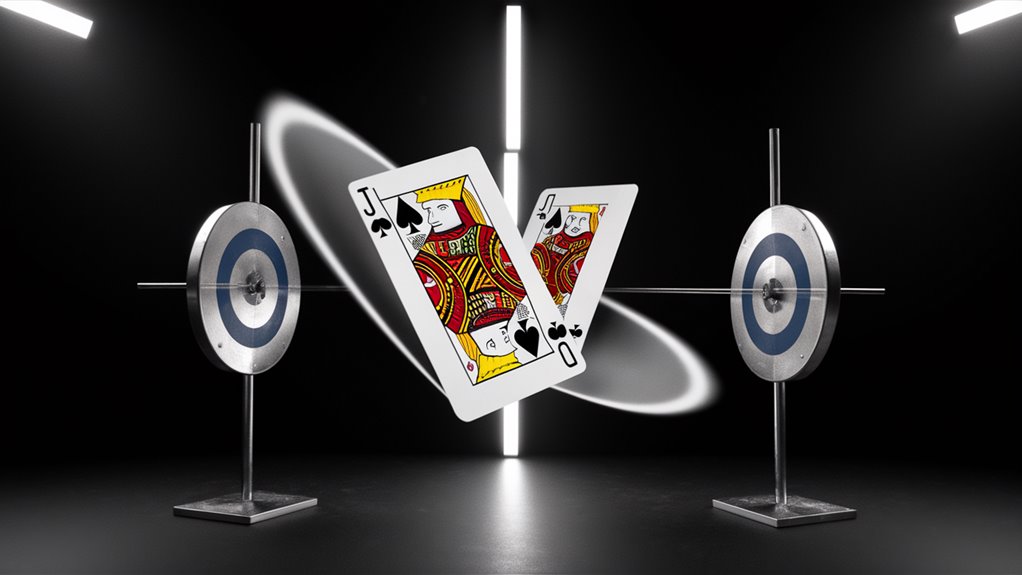Table of Contents
ToggleQuick Win Blackjack: Fast Eye Tips

The Quick Win plan is designed to assist with splitting cards in blackjack. Developed in the 1960s by Edward Thorp, this plan leverages a 150-millisecond gap in the brain when a dealer sees cards but has not fully recognized them yet.
Main Steps
- Practice the eye method daily. 토토커뮤니티
- Display cards quickly—one every 1.5 seconds.
- Maintain a light hand using a three-finger grip to quickly identify patterns.
Hard Steps
To succeed with the Quick Win plan, aim for 95% accuracy in 100 attempts each day before progressing. This challenging plan combines mathematical thinking and quick eye movements for success in blackjack.
More Info
- Quick eye timing
- Brain pattern recognition
- Rapid decision-making
- Math-based strategies
These elements work together to create a robust plan in blackjack, utilizing both cognitive and mathematical skills.
The Start of the Quick Win Idea
The Quick Win Method originated in the early 1960s from Edward Thorp’s research. Thorp observed slight eye movements in trained dealers inspecting their hidden cards, enabling astute players to exploit this “flicker.”
Learning and Making
Thorp’s concept focused on recognizing subtle facial cues from dealers during card splits at the blackjack table. By keen observation, he noticed dealers offering brief math signals for about 1/25th of a second.
Adding Card Counting
Thorp’s methodology proved most effective when combined with his initial card-counting strategy, as detailed in “Beat the Dealer.” Integrating unique eye movements with probability facts provided a 2.5% advantage over the house in card splits.
Despite casinos implementing new techniques and mirrors, the core ideas of the Quick Win Method continue to inform successful gaming strategies today.
Making the Eye System Best

Brain Work for Eyes
The human eye system operates through intricate brain pathways crucial for optimal gameplay. The visual system tracks movements in brief intervals starting at just 13 milliseconds.
Top Eye Steps
The main visual cortex (V1) begins motion tracking, while the middle temporal visual area (MT) excels at analyzing complex movement patterns.
Better Eye Times
- Initial movement detection: 13ms
- Reaction time: 150ms
- Enhanced brain pathway functioning
- Improved movement targeting
Getting Body Moves Right for the Best Game
Body Control Through Hard Work
Body control is essential for success in competitive games. This guide outlines the best techniques for smooth muscle coordination and precise movements. Ash & Ember Poker: Blazing Smoky Freedoms With Pot-Exploding Surges
Main Body Rules
- Develop muscle control using strong hand and wrist actions.
- Make small, precise motions to aid hand coordination.
- Utilize a thumb-finger pinch for highly accurate movements.
Time and Mix
Enhance reaction times through coordinated eye and muscle exercises. Apply a precise three-count rhythm technique to synchronize vision and action.
- Keep arms relaxed to reduce tension
- Allow wrist flexibility for extended reach
- Eliminate unnecessary movements
- Aim for smooth, precise actions
Tips to Boost Your Game
Practice during downtime to enhance muscle memory and alleviate gaming stress. Incorporate these methods into live play for continuous skill improvement and assured performance.
